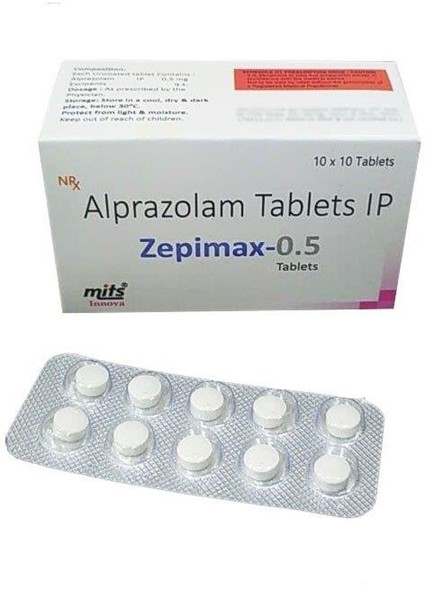A client receiving risperidone reports severe muscle stiffness at 1030. By 1200, the client has difficulty swallowing food and is drooling. The client is diaphoretic. By 1600, vital signs are as follows Temperature 102.8 F pulse 110 beats/minute, respirations 26 breaths/minute, and blood pressure 150/90 mmHg.
What is the nurse's best analysis and action?
Institute reverse isolation
Withhold the next dose of medication
Begin high protein, high cholesterol diet
Notify health care provider stat
The Correct Answer is D
A) Incorrect. Reverse isolation is not indicated in this situation. The client's symptoms are likely due to a side effect of the medication, not an infectious process.
B) Incorrect. While it may be necessary to withhold the next dose of medication, the client's symptoms require more immediate attention.
C) Incorrect. The client's symptoms are indicative of a serious adverse reaction, and dietary changes would not address the issue.
D) Correct. The client's symptoms, including severe muscle stiffness, difficulty swallowing, drooling, diaphoresis, and elevated vital signs, are indicative of neuroleptic malignant syndrome (NMS), a potentially life-threatening side effect of antipsychotic medications like risperidone.
The nurse should notify the healthcare provider immediately for further guidance and intervention.
Nursing Test Bank
Naxlex Comprehensive Predictor Exams
Related Questions
Correct Answer is D
Explanation
A. This option is too vague and doesn't provide specific guidance about the detoxification process for alprazolam.
B. Frequency of usage is one factor, but it's not the only consideration in the detoxification process.
C. A planned reduction is necessary to safely taper off alprazolam and minimize withdrawal symptoms.
D. This option provides the best guidance, emphasizing the importance of a gradual and controlled tapering process for alprazolam.

Correct Answer is D
Explanation
A. Orienting the client to the unit While orientation is important, the client's prolonged
immobility and stupor necessitate a physical assessment first to ensure there are no underlying medical issues contributing to this state.
B. Reinforcing reality with the client The client's catatonic state may make it difficult to effectively communicate or engage in reality orientation at this point. Addressing potential physical issues is the initial priority.
C. Establishing a nonthreatening relationship Building a therapeutic relationship is crucial, but given the client's current state, assessing for physical problems takes precedence.
D. Assessing the client for physical problems The client's prolonged catatonic state requires an
immediate physical assessment to rule out any underlying medical conditions contributing to his condition.
Whether you are a student looking to ace your exams or a practicing nurse seeking to enhance your expertise , our nursing education contents will empower you with the confidence and competence to make a difference in the lives of patients and become a respected leader in the healthcare field.
Visit Naxlex, invest in your future and unlock endless possibilities with our unparalleled nursing education contents today
Report Wrong Answer on the Current Question
Do you disagree with the answer? If yes, what is your expected answer? Explain.
Kindly be descriptive with the issue you are facing.
